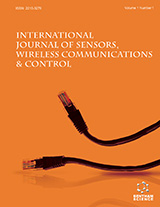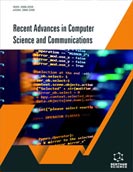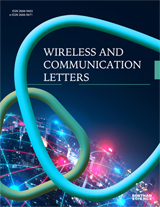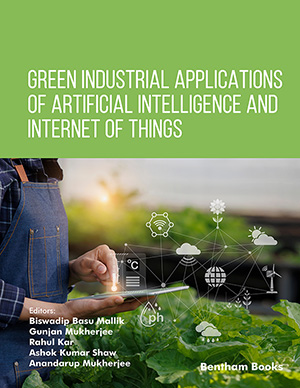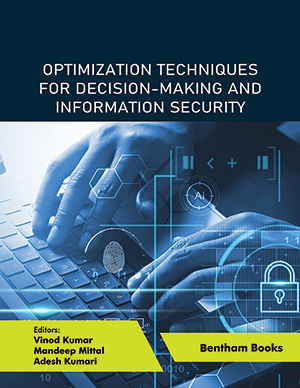
Abstract
Aims and Background: The topology and communication links of vehicular adhoc networks, or VANETs, are always changing due to the transient nature of automobiles. VANETs are a subset of MANETs that have applications in the transportation sector, specifically in Intelligent Transportation Systems (ITS). Routing in these networks is challenging due to frequent link detachments, rapid topological changes, and high vehicle mobility.
Methods: As a result, there are many obstacles and constraints in the way of creating an effective routing protocol that satisfies latency restrictions with minimal overhead. Malicious vehicle detection is also a crucial role in VANETs. Unmanned-Aerial-Vehicles(UAVs) can be useful for overcoming these constraints. This study examines the utilize of UAVs operating in an adhoc form and cooperating via cars VANETs to aid in the routing and detection of hostile vehicles. VANET is a routing protocol. The proposed UAV-assisted routing protocol (VRU) incorporates two separate protocols for routing data: (1) a protocol called VRU_vu for delivering data packets amid vehicles with the assist of UAVs, and (2) a protocol called VRU_u for routing data packets amid UAVs.
Results: To estimate the efficacy of VRU routing objects in a metropolitan setting, we run the NS-2.35 simulator under Linux Ubuntu 12.04. Vehicle and UAV motions can also be generated with the help of the mobility generator VanetMobiSim and the mobility simulation software MobiSim.
Conclusion: According to the results of the performance analysis, the VRU-protocol is able to outperform the other evaluated routing protocols in terms of packet-delivery-ratio (by 17 percent) &detection-ratio (9 percent). The VRU protocol cuts overhead near 41% and reduces end-to-enddelay in mean of 15%.
[http://dx.doi.org/10.1016/j.adhoc.2022.102790]
[http://dx.doi.org/10.1109/TITS.2020.3041746]
[http://dx.doi.org/10.1145/3555661.3560856]
[http://dx.doi.org/10.1117/12.2673817]
[http://dx.doi.org/10.1109/TITS.2021.3090721]
[http://dx.doi.org/10.3390/s21124121] [PMID: 34203912]
[http://dx.doi.org/10.1109/TCCN.2020.3027696]
[http://dx.doi.org/10.1007/s13204-023-02814-5]
[http://dx.doi.org/10.1109/LWC.2022.3195963]
[http://dx.doi.org/10.1109/ACCESS.2021.3058388]
[http://dx.doi.org/10.1109/TVT.2022.3221538]
[http://dx.doi.org/10.1016/j.comcom.2017.04.001]
[http://dx.doi.org/10.1109/JIOT.2022.3195677]
[http://dx.doi.org/10.3390/s20205865] [PMID: 33081344]
[http://dx.doi.org/10.1109/JIOT.2023.3236322]
[http://dx.doi.org/10.1155/2023/1056387]
[http://dx.doi.org/10.1109/OJCS.2021.3054759]
[http://dx.doi.org/10.2174/2210327912666221012154428]
[http://dx.doi.org/10.3390/math10244673]
[http://dx.doi.org/10.2174/2210327912666220615103257]
[http://dx.doi.org/10.1109/TNSE.2020.3014385]
[http://dx.doi.org/10.23919/JCN.2021.000026]
[http://dx.doi.org/10.1155/2022/1671829]
[http://dx.doi.org/10.1109/MCOMSTD.001.2000017]
[http://dx.doi.org/10.1109/TVT.2020.2996187]
[http://dx.doi.org/10.1155/2022/7252791]
[http://dx.doi.org/10.1109/ACCESS.2021.3070908]
[http://dx.doi.org/10.1016/j.compeleceng.2022.108255]
[http://dx.doi.org/10.1109/ACCESS.2020.3002538]
[http://dx.doi.org/10.1109/TITS.2020.2973715]
[http://dx.doi.org/10.1016/j.vehcom.2017.12.001]
 7
7 1
1


